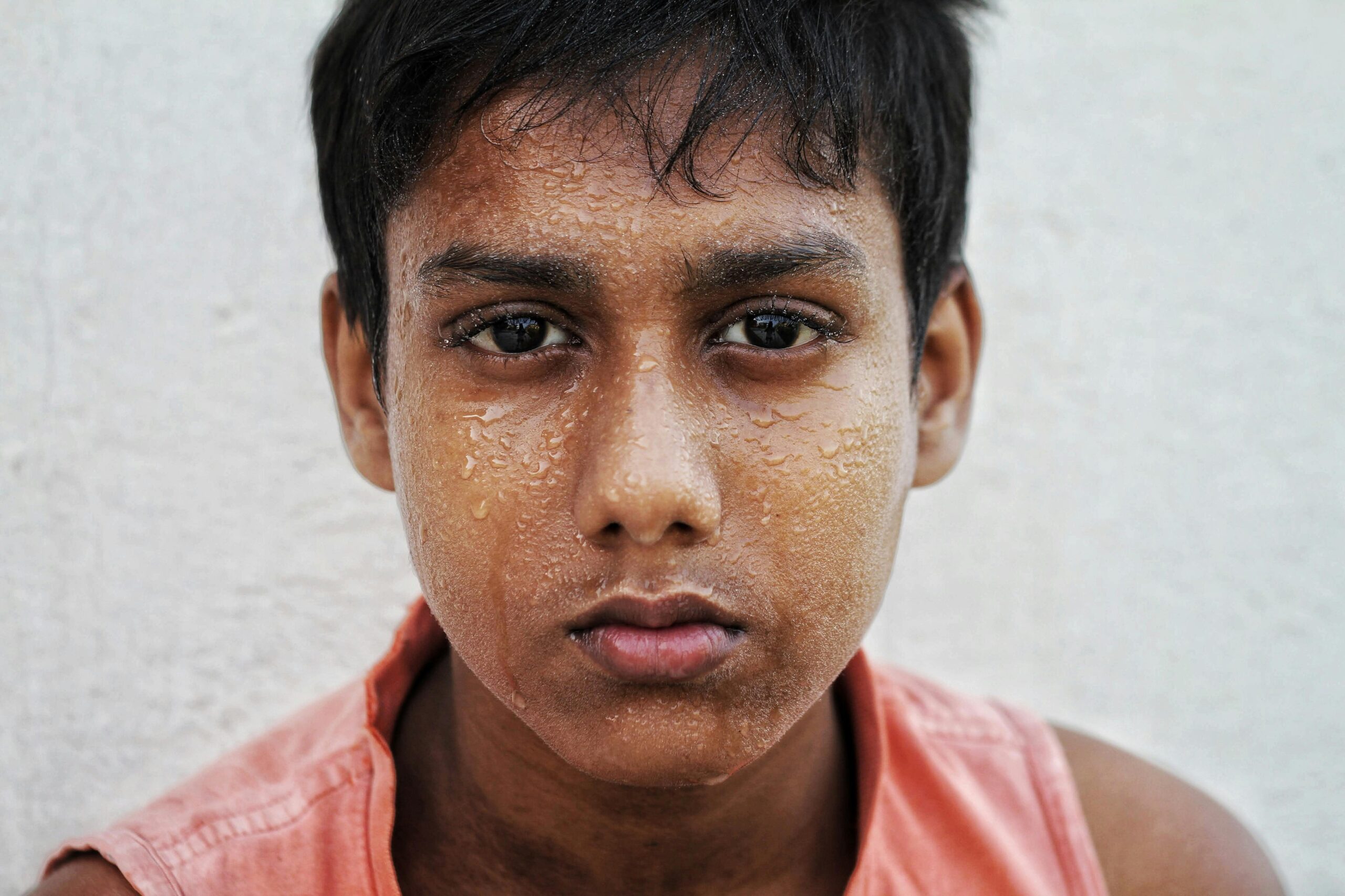The intensifying frequency and severity of extreme heat events, driven by climate change, present significant challenges to human health. These events cause a range of physiological and psychological consequences, requiring urgent attention from public health officials and urban planners to develop effective mitigation and adaptation strategies. Addressing these concerns in urban environments involves not only healthcare interventions but also urban planning and design strategies that can mitigate the impacts of extreme heat.
Physiological Effects of Extreme Heat
Extreme heat events dramatically influence physiological health, with heat-related illnesses such as heat cramps, heat exhaustion, and the more severe heatstroke being prevalent outcomes. Heatstroke, characterized by a rapid rise in core body temperature, can lead to organ failure and even death if not addressed promptly (Bouchama & Knochel, 2002). Concurrently, excessive heat exerts strain on the cardiovascular system due to increased blood flow to the skin for thermoregulation, potentially exacerbating pre-existing cardiovascular conditions and elevating the risk of heart attacks and strokes (Kenny, Yardley, Brown, Sigal, & Jay, 2010).
Furthermore, dehydration, a common consequence of high temperatures, impairs renal function by increasing the likelihood of kidney stones and other nephrological issues. This dehydration also impacts cognitive performance, reducing overall efficiency in both physical and mental tasks (Johnson et al., 2019). The physiological burden is particularly acute in high-density urban areas, where heat is often exacerbated by structural materials that absorb and retain heat, leading to urban heat islands (UHI).
Psychological Impacts of Heat
Psychologically, extreme heat events exacerbate disorders such as anxiety and depression. Links have been established between high temperatures and increased admissions for mood and anxiety disorders (Page, Hajat, & Kovats, 2012). Behavioral changes, including heightened aggression and violence, have also been associated with elevated temperatures, suggesting that heat may impair mood regulation and increase irritability (Anderson, 2001). Cognitive functioning can be impaired as well, with evidence showing reduced attention and slower reaction times during heatwaves, adversely affecting productivity and safety (Gaoua, 2010).
The mental health implications of heat are particularly severe for vulnerable populations, including older adults and those with pre-existing mental conditions. The social isolation experienced by many elderly people amplifies these effects, as they may have limited access to cooling and healthcare services vital during heatwaves (Intergovernmental Panel on Climate Change [IPCC], 2014).
The Role of Urban Planning and Design
Urban planning and design play a critical role in mitigating the impacts of extreme heat. Strategies such as increasing urban greenery, implementing cool roofs and pavements, and designing buildings with natural ventilation elements can significantly lower urban temperatures. Increasing tree canopy and green spaces not only cool the environment through evapotranspiration but also provide psychological restorative benefits, reducing stress and promoting social interaction (Akbari, Levinson, & Rainer, 2001).
Incorporating water features, such as fountains and shaded oases, into urban design can offer thermal comfort and serve as refuges during heat waves. Urban design initiatives like zoning policies to restrict heat-intensive construction and promote reflective materials further contribute to combating UHI. Smart city technologies that monitor temperature in real-time allow cities to implement cooling solutions more dynamically and provide timely information to vulnerable populations.
References
- Akbari, H., Levinson, R., & Rainer, L. (2001). Monitoring the energy-use effects of cool roofs on California commercial buildings. Energy and Buildings, 29(8), 1007-1011. https://doi.org/10.1016/S0378-7788(99)00164-4
- Anderson, C. A. (2001). Heat and violence. Current Directions in Psychological Science, 10(1), 33-38. https://doi.org/10.1111/1467-8721.00109
- Bouchama, A., & Knochel, J. P. (2002). Heat Stroke. The New England Journal of Medicine, 346(25), 1978-1988. https://doi.org/10.1056/NEJMra011089
- Gaoua, N. (2010). Cognitive function in hot environments: A question of methodology. Scandinavian Journal of Medicine & Science in Sports, 20(3), 60-70. https://doi.org/10.1111/j.1600-0838.2010.01209.x
- Intergovernmental Panel on Climate Change (IPCC). (2014). Climate Change 2014: Impacts, Adaptation, and Vulnerability. Retrieved from https://www.ipcc.ch/report/ar5/wg2/
- Johnson, R. J., Stenvinkel, P., Jensen, T., Lanaspa, M. A., Roncal-Jimenez, C. A., & Sanchez-Lozada, L. G. (2019). Metabolic and Kidney Diseases Caused by Sugar and Salt. Nature Reviews Nephrology, 15(7), 425-434. https://doi.org/10.1038/s41581-019-0144-6
- Kenny, G. P., Yardley, J., Brown, C., Sigal, R. J., & Jay, O. (2010). Heat stress in older individuals and patients with common chronic diseases. CMAJ, 182(10), 1053-1060. https://doi.org/10.1503/cmaj.081050
- Page, L. A., Hajat, S., Kovats, R. S., & Howard, L. M. (2012). Temperature-related deaths in people with psychosis, dementia and substance misuse. British Journal of Psychiatry, 200(6), 485-490. https://doi.org/10.1192/bjp.bp.111.100404
